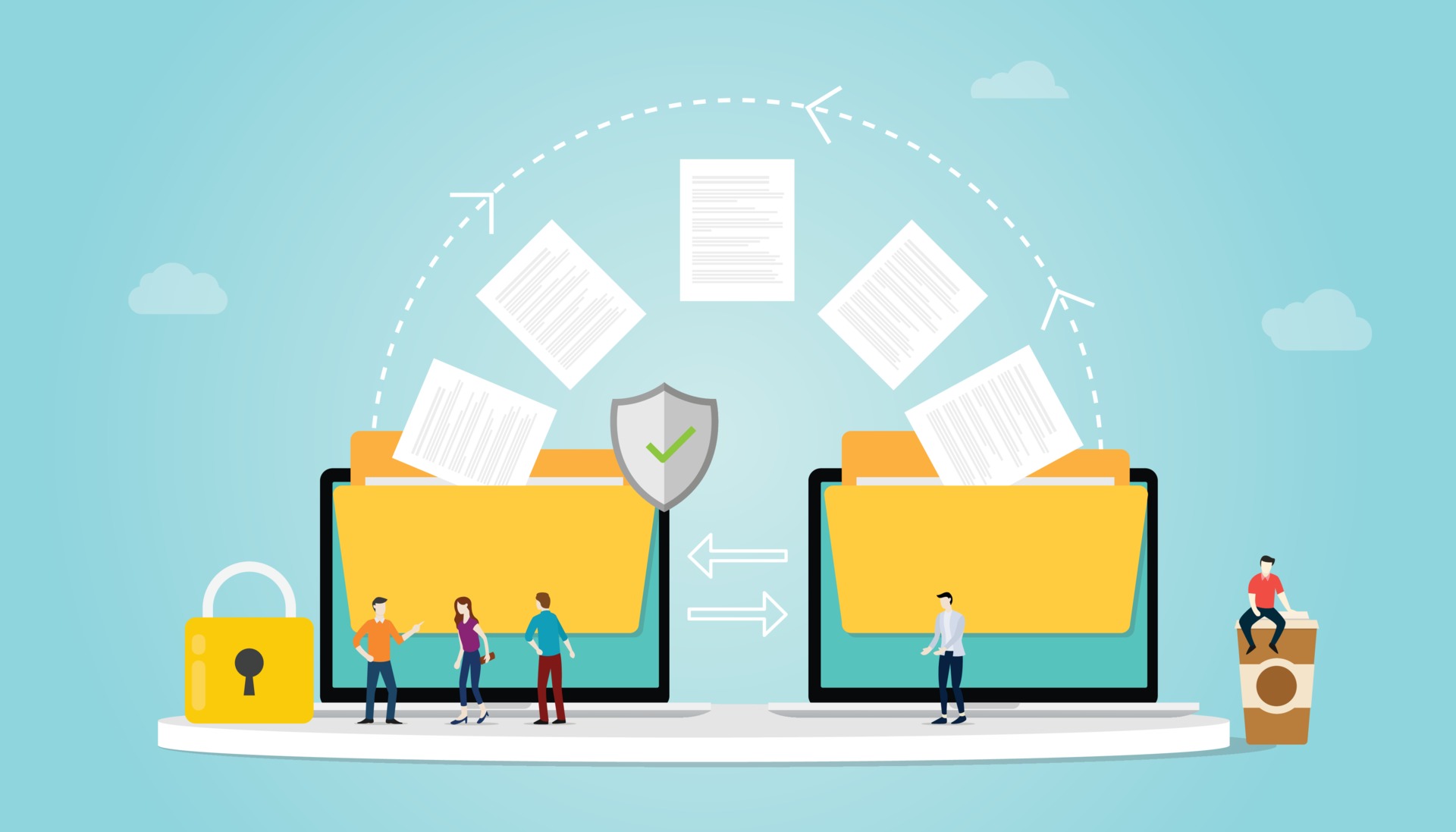
How to Migrate from One Payment Processor to Another Without Losing Data
Sep 18, 2023
Your payment platform is the heartbeat of your e-commerce operation, enabling transactions, securing sensitive data, and providing a seamless checkout experience for your customers.
But what happens when your current payment service provider no longer meets your business needs? Or when a new processor comes along offering better functionality, pricing, or scalability?
The answer lies in migration—a task often viewed with apprehension.
However, migrating to a new payment processor doesn’t have to be a daunting experience. This guide aims to walk you through the migration process, emphasizing steps and strategies to minimize or even eliminate data loss.
Identifying the Need for a New Payment Processor
The decision to switch payment platforms shouldn’t be made lightly. It’s essential to identify clear reasons for why a migration is necessary. Below are some common factors that may signal the need for a change.
Lack of Payment Options
Modern consumers demand choice—not just in products but also in how they pay for them. If your current processor only supports a narrow range of payment options like credit cards, but not debit cards, mobile payments, or international currencies, you may be missing out on a broader customer base.
Scalability Issues
As your business grows, so will your payment processing needs. Your existing platform may not be equipped to handle an increase in transaction volume or may charge exorbitant fees for higher tiers, affecting your bottom line.
Compliance and Security Concerns
Payment Card Industry (PCI) compliance is non-negotiable in today’s digital age. If your existing processor lacks robust security features or isn’t compliant with the latest PCI regulations, it’s time to look for a more secure option.
Evaluating and Choosing the New Payment Processor
Once you’ve identified the need for a change, the next step is selecting the right payment processor to suit your requirements. Here are some key factors to consider.
1. Functionality – Identify what specific features you need. Whether it’s subscription billing, multi-currency support, or real-time analytics, ensure the new payments platform offers the functionality you require.
2. Pricing – Transparency in pricing is crucial. Hidden fees can eat into your profits. Compare transaction costs, monthly fees, and any other associated charges.
3. Payment Methods Supported – The new processor should support a wide array of payment options—credit cards, debit cards, digital wallets, and even cryptocurrency if your business model calls for it.
4. PCI Compliance – Your chosen provider must adhere to Payment Card Industry (PCI) guidelines to ensure secure handling of cardholder data. Compliance is non-negotiable for the safety of your business and your customers.
5. APIs and Integration – Look for platforms that provide robust API options. This will make the migration process smoother and allow for seamless integration with your existing e-commerce setup. Compatibility with your payment gateway should also be a factor.
6. Transaction Volume – Consider your average transaction volume and peak sales periods. Make sure the new processor can handle your business at scale without service disruptions.
7. Merchant Accounts vs. Aggregate Accounts – Some processors provide dedicated merchant accounts, while others use aggregate accounts shared among multiple businesses. Evaluate which model better suits your needs.
Pre-Migration Preparations
Before you dive into the actual migration process, certain preliminary steps are crucial to ensure a seamless transition and to mitigate the risk of data loss.
Backup Existing Payment Data
The importance of backing up your existing credit card data, including customer card details and transaction histories, cannot be overstated. Make sure these backups are stored securely, in line with PCI-DSS compliance guidelines.
Contact Financial Institutions
Reach out to your bank and other financial partners to inform them about the impending switch. This can help in preempting any service disruptions that could occur due to sudden changes in your payment processing routines.
Plan for Downtime
Although the goal is a seamless migration, anticipate some downtime. Coordinate with your new payment service provider (PSP) to identify the most convenient time to make the switch with minimal impact on your operations.
Review Compliance and Contracts
Before proceeding, reevaluate your compliance responsibilities under PCI guidelines. Also, go through any existing contracts with your current processor to understand termination clauses, if applicable.
Network tokens are the future for migration. Find out more.
Data Mapping and Routing
A pivotal aspect of any payment processor migration is understanding how data will transfer from the old system to the new one. This step is critical for avoiding data loss.
Understanding Old vs. New Systems
Before you can transfer data, you need to understand the architecture of both the existing and new payment processors. Each platform may have unique data fields, which require careful mapping to ensure that information aligns correctly.
Mapping Data Fields
Once you’ve understood the layout of both systems, the next step is to map corresponding data fields. This includes customer information, transaction records, card details, and other relevant payment data. Make sure this mapping is accurate to prevent any discrepancies that could lead to data loss.
Preparing for Routing
After mapping data fields, you’ll need to prepare for the routing of payment processing to the new service. This involves setting up the appropriate pathways in your e-commerce system to direct transactions to the new processor.
Test Routing
Before going live, run several test transactions to ensure that the routing is functioning as expected. Look for any errors or delays that could impact the customer experience.
Customer Data and Payment Information
One of the most critical aspects of migrating to a new payment processor is the secure and accurate transfer of customer data and payment information. Mishandling this step can lead to data loss and compromise customer trust.
1. Securely Transferring Card Details – When transferring credit and debit card information, use encryption and secure channels to ensure the data is unreadable in transit.
2. Importance of Encryption – Encryption transforms sensitive data into an unreadable format, only decipherable by someone with the proper encryption key.
3. Secure Channels for Data Transfer – Utilize secure communication channels, often provided by the new payment processor, for the actual data transfer. These channels are built to ensure data integrity and security.
4. Verifying Data Post-Transfer – After the data has been transferred, conduct thorough checks to confirm that all data fields have been correctly populated and that no information has been lost or corrupted.
By focusing on the secure and accurate transfer of customer data and payment information, you reduce the risk of data loss and maintain the integrity of your business operations. It’s a delicate process but one that is crucial for the success of your migration to a new payment processor.
Is your gateway PCI-compliant? We can help connect you with the right gateway.
Going Live and Post-Migration Optimization
After thorough preparation and testing, it’s time to go live with your new payment processor. But the work doesn’t stop there. Post-migration optimization is crucial for making the most out of your new system.
Launch Phase
Before you flip the switch, have a dedicated team in place to monitor the migration process in real-time. Once you’re live, pay close attention to transaction success rates, processing speeds, and any error messages.
Monitor for Data Loss
In the initial phase, be vigilant for any signs of data loss or discrepancies. Cross-reference data between the old and new systems to confirm data integrity.
Customer Feedback
Keep an open channel for customer feedback. Any issues with the new payment methods or transaction processes will likely be reported by your customer base first.
Analyze and Optimize
After going live, utilize the analytics and reporting features of your new payment processor to track performance. Use this data for ongoing optimization, from improving transaction routing to revisiting pricing strategies.
Continuous Improvement
Consider this migration as an ongoing process. Regularly update and adapt to new payment technologies, security measures, and industry best practices for a truly optimized payment processing system.
Handling Legacy Data
Switching to a new payment processor doesn’t mean abandoning your historical transaction data. Legacy data is valuable for various business analyses and regulatory compliance. Here’s how to handle it.
1. Data Archiving – Old transaction data should be archived securely. This helps in retaining critical information for compliance audits, customer disputes, or any retrospective analyses.
2. Data Accessibility – Ensure that your legacy data remains easily accessible for authorized personnel. This may involve using specialized tools or platforms designed for long-term data storage.
3. Data Mapping to New System – Some businesses opt for transferring a subset of legacy data to the new system for immediate operational needs. If you choose this route, ensure that the data fields are correctly mapped, just as you did during the initial data migration.
Ready to migrate to a new payment processor, or do you need some help?
Migrating to a new payment processor is a complex but crucial operation for businesses seeking to optimize their transaction processes and scale their operations. By following the steps outlined in this article, you can minimize or eliminate the risk of data loss and ensure a smooth transition to your new payment processor.
If you’re looking to open a high-risk merchant account with enhanced features, top-notch security, and connections with payment processing that meets your business needs, look no further than DirectPayNet. Our team of experts can help guide you through the migration process, ensuring a seamless transition without data loss.




